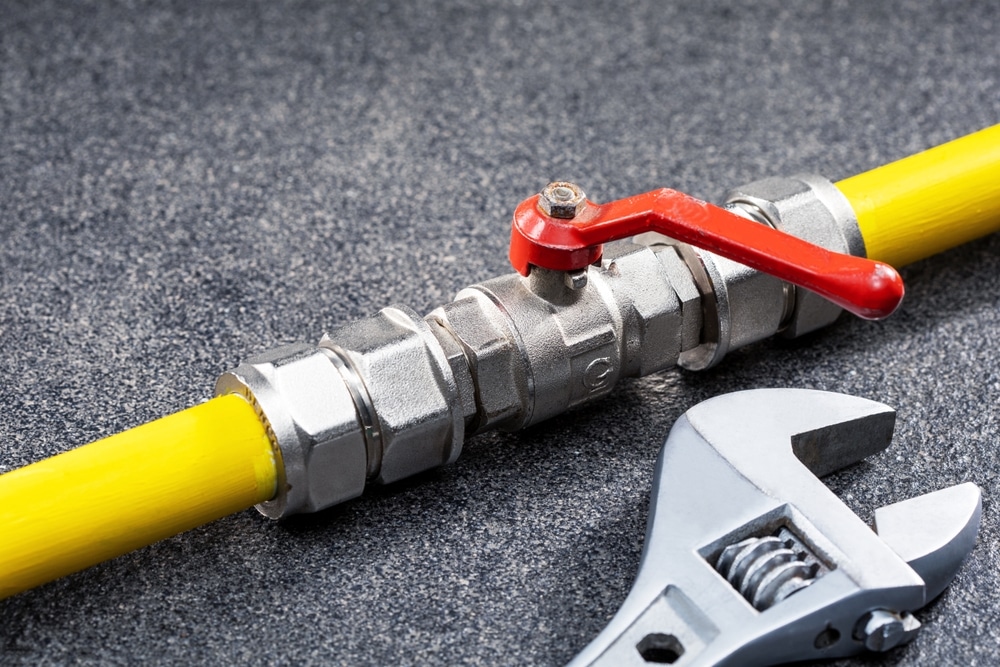A damaged pipe in your residential or commercial property can lead to severe complications if not addressed promptly. Issues such as water leaks, poor water pressure, and even structural damage to the building are potential outcomes of faulty piping systems. Traditionally, fixing these issues involved digging up and replacing the damaged sections – a process that was time-consuming, labor-intensive, and costly. However, with advancements in plumbing technology, pipe relining has emerged as an innovative and non-invasive solution to resolve pipe damage.
Pipe relining, also known as cured-in-place pipe (CIPP) lining, is a trenchless technology that allows for the repair of damaged pipes without extensive excavation. The process involves inserting a flexible, resin-coated lining into the existing damaged pipe. Once the lining is correctly positioned, it is inflated and cured, creating a seamless new pipe within the old one. This new pipe is highly durable – often exceeding the lifespan of traditional pipes – and can restore the functionality of your plumbing system without the need for extensive digging or disruption to your property.
One of the main advantages of pipe relining is its cost-effectiveness. Though the initial cost might be higher than traditional methods, the long-term savings in terms of reduced maintenance, eliminated excavation, and minimal disruption to your property make it a more affordable solution overall. Additionally, pipe relining is an environmentally friendly option, preventing extensive landscape damage and reducing the amount of waste generated during the repair process.
In the following sections, we will delve deeper into the process of pipe relining, the factors that make it an exceptional alternative to traditional repair methods, and why it is becoming an increasingly popular solution for pipe rehabilitation in residential and commercial properties. At New Pro Plumbing, we offer pipe relining services to clients in Los Angeles and surrounding areas, ensuring an efficient alternative to traditional pipe repair methods.
The Pipe Relining Process: Step-By-Step
Pipe relining is a multi-step process that involves a systematic approach to repairing damaged pipes. Here is a breakdown of the steps involved in a typical pipe relining project:
1. Inspection: The plumber will conduct a thorough examination of the affected pipe, usually utilizing a CCTV camera system to identify the cause and extent of the damage.
2. Cleaning: The damaged pipe must be cleaned to prepare it for the relining process. This cleaning often involves using a hydro jet that blasts high-pressure water to remove any debris or blockages.
3. Measurement and Liner Preparation: The plumber measures the affected pipe to determine the appropriate length and size of the lining material. The lining, typically made of epoxy resin and a flexible fabric, is then prepared by coating it with the resin mixture.
4. Insertion of the Liner: The resin-coated lining is inserted into the damaged pipe, often using air pressure or water pressure to maneuver it into place.
5. Inflation and Curing: Once the lining is properly positioned, it is inflated and pressed against the old pipe’s interior wall. The resin is allowed to cure, harden, and bond to the existing pipe.
6. Final Inspection: After the curing process is complete, the plumber conducts a final inspection to ensure the pipe has been adequately lined and is fully functional.
Why Choose Pipe Relining Over Traditional Methods
Several factors contribute to the growing popularity of pipe relining as an alternative to traditional pipe repair methods:
1. Less Invasive: Pipe relining does not demand extensive excavation, reducing the need for significant, disruptive groundwork on your property.
2. Time-Efficient: The pipe relining process is generally quicker than conventional pipe repair methods, as it minimizes excavation and labor requirements.
3. Cost-Effective: While the initial cost of pipe relining may be higher, long-term savings are realized through reduced maintenance needs, preserved landscaping, and minimized disruption to your property.
4. Increased Durability: The new lining material used in pipe relining is designed to withstand corrosion and damage, often providing a longer lifespan than traditional pipes.
Suitable Applications for Pipe Relining
Pipe relining is a versatile solution that can address various pipe repair needs, including:
1. Corroded Pipes: Age and exposure to harsh chemicals can cause damage and corrosion in metal pipes, compromising their integrity. Pipe relining can reinforce these pipes, preventing further deterioration and prolonging their lifespan.
2. Cracked or Damaged Pipes: Pipes can crack or sustain damage due to various reasons, such as ground shifts or tree root intrusion. Relining can seal these cracks and restore the pipe’s functionality.
3. Leaking Joints: Pipe relining can effectively seal leaking joints in your plumbing system, preventing water damage and reducing the risk of mold growth.
When Pipe Relining May Not Be the Best Option
While pipe relining is an excellent solution for many pipe repair scenarios, it may not be suitable in every instance:
1. Collapsed Pipes: If a pipe has collapsed completely, pipe relining may not be an option, necessitating the traditional method of excavation and replacement.
2. Insufficient Access: In some cases, properties may have constraints that limit the plumber’s access to the damaged pipe, making pipe relining difficult or impossible.
Conclusion
Pipe relining is an innovative and efficient solution for repairing damaged pipes in residential and commercial properties while avoiding many of the drawbacks associated with traditional pipe repair methods. Its cost-effectiveness, durability, and minimal disruption to your property make it an increasingly attractive option in the plumbing industry.
At New Pro Plumbing, we are proud to offer pipe relining services to our clients in Los Angeles and surrounding areas, ensuring the best possible outcome for their repair needs. Contact us today to learn more about Beverly Hills plumbing solutions and how they can benefit your property’s plumbing system.

















